By Harold E. Raugh, Jr.
Since the days of the Trojan Horse, military deception and ruse have been effective instruments when used by an innovative commander to deceive and defeat an enemy, minimizing friendly casualties and expenditure of valuable resources in the process. One of the most effective stratagems in modern military history occurred during the Palestine campaign of World War I in what would be known later as the Haversack Ruse. This campaign had been plagued by mediocrity and lack of ingenuity among the senior British commanders, plus a general lack of resources, until the appointment on June 27, 1917 of General Sir Edmund H.H. Allenby as Commander-in-Chief, Egyptian Expeditionary Force.
Soon after Allenby’s arrival in Cairo, he and his staff assessed the situation in his theater of operations. He realized offensive operations would be needed when desert temperatures decreased, and the possibility of rain increased, in the late fall. This was the fourth year of war, and all hope of ending the conflagration in 1917 was gone, due to the collapse of the Russians, demoralizing failure of the French offensive in Champagne, and lackluster results of the Allied spring offensive. A decisive victory was needed to sustain the morale and confidence of the British people.
Before Allenby’s departure for Egypt, British Prime Minister David Lloyd George said as much when he told him that “he wanted Jerusalem as a Christmas present for the British nation.” The Prime Minister’s conviction was reinforced in a telegram he sent to Allenby in August 1917, encouraging the general to continue pressuring the Turks “to strengthen the staying power and morale in this country.”
Determined not to Make the Same Mistakes in Taking Gaza
With these strong admonitions in mind, General Allenby realized he would have to crack the heavily fortified Turkish defenses at Gaza as an intermediate objective toward the eventual capture of Jerusalem. The first two battles of Gaza (in January and April 1917) had both ended in dismal failure for the attacking British. General Allenby’s new plan (a slightly modified version of the one developed by Lt. Gen. Sir Philip Chetwode, commander of the “Eastern Force” before General Allenby’s assumption of command in Egypt) was to seize Gaza without making the same costly, unimaginative, and unsuccessful frontal assaults against strong defensive positions as had been done in the first two battles.
The Third Battle of Gaza went almost exactly according to plan. First, on October 27, XXI Corps began a feint against Gaza, consisting initially of a systematic and increasingly heavy artillery bombardment from land-based heavy and medium guns. Two days later naval gunfire, provided by a cruiser, destroyers, monitors, and river gunboats, added its weight. Indeed, the appearance of this offshore flotilla concerned the Turks because it raised the specter of an amphibious assault against Gaza or north of it in the Turkish rear. The Turks, believing this artillery barrage—the heaviest outside Europe during the war—to be the prelude to the main attack, concentrated their forces at Gaza.
Deception Put into Play
Meanwhile, with the enemy’s attention fixed at Gaza, the XX Corps and the Desert Mounted Corps moved stealthily across the desert, generally at night, with limited water supplies and increased security. By the afternoon of October 30 both corps (minus reserve elements and one division manning the front between Gaza and Beersheba) had assembled in their assault positions, with XX Corps generally to the southwest and south of, and the Desert Mounted Corps generally to the east and northeast of Beersheba. The attack on Beersheba began on the morning of October 31. After a day of hard fighting, culminating in the magnificent sunset charge of the 4th Light Horse Brigade, led by the 4th and 12th Australian Light Horse Regiments, Beersheba, with its all-important water wells, was captured.
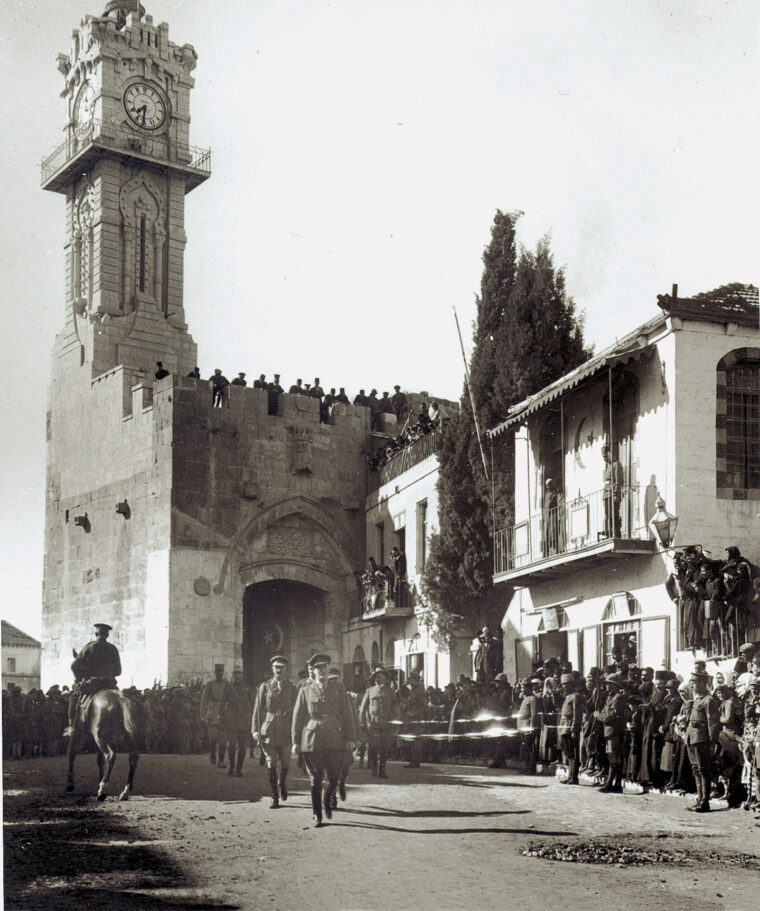
To keep the enemy off balance and unaware of the true course of the battle, the British on the next afternoon feinted an amphibious landing on the coast to the rear of the Turkish Gaza positions. General Allenby, skillfully timing the phases of the battle, then ordered XXI Corps to attack Gaza from the south the following day, knowing that XX Corps was preparing to attack the left flank of the Turkish main line of defense. The XXI Corps attack was meant to divert the attention of the Turks and force them to commit their main reserves at Gaza, not sending them in the direction of Beersheba.
And Like That, the Third Battle of Gaza Was Over
Around Beersheba, however, the British operations slowed. Water wells and other resources were not as fruitful as originally envisioned, and a violent khamsin (sandstorm) struck. The water shortage forced the postponement of the main attack against the Turkish left until November 6, although fierce and determined fighting continued north of Beersheba.
The main XX Corps attack against the left flank of the Turks began early on November 6, together with a renewed assault on Gaza by XXI Corps, and by the end of the day the former had captured the key Sheria position some 10 miles northwest of Beersheba. The next day, both XX and XXI Corps continued their attacks, only to find many enemy positions empty. Realizing that the Turks were retreating, elements of the Desert Mounted Corps attacked from Sheria and raced to the Mediterranean Sea in an attempt to cut them off. The Third Battle of Gaza was over.
Numerous reasons explain the British (with significant Australian and New Zealander participation) victory at the Third Battle of Gaza. They include dynamic and charismatic leadership at all echelons of the chain of command; detailed, innovative, and flexible planning; superb training; high morale in soldiers and esprit de corps in their units; and outstanding logistical preparations and resupply capabilities.
What the Haversack Ruse Was
Add to these the numerous preparations to deceive the enemy about the location and time of the attack, the most effective of these ploys now known as the “Haversack Ruse.” Conceived by Colonel Richard Meinertzhagen, head of Military Intelligence at General Headquarters, Egyptian Expeditionary Force, this plan was sanctioned enthusiastically by General Allenby in September. The scheme called for a staff officer, ostensibly on a reconnaissance mission, to contrive to be chased by patrolling Turkish soldiers, pretend to be wounded, and drop his haversack, freshly stained with his horse’s blood. The haversack contents were meant to deceive the Turks into believing that the main attack would again be made at Gaza and that the preparations against Beersheba were only a feint.
Meinertzhagen’s staff ingeniously compiled a portfolio for the fictitious staff officer. Items in the haversack included a staff officer’s estimate of the situation complaining about the command’s obstinacy in attacking at Gaza instead of at Beersheba, and a report in the staff officer’s notebook disclosing the inability of the British commander to overcome the water shortage and transport difficulties in maintaining a large force before Beersheba. There was also an agenda for a meeting at Allenby’s headquarters, with a telegram announcing a reconnaissance patrol in the Beersheba vicinity, and a map, with arrows pointing to Gaza. Of utmost importance was a copy of a detailed General Headquarters operations order clearly indicating that the British main attack would again be made against Gaza, simultaneous with an amphibious landing on the coast north of the town. Noted as a secondary operation, more on the scale of a feint, was an assault by mounted troops on Beersheba. Rough notes about a wireless cipher were also included.
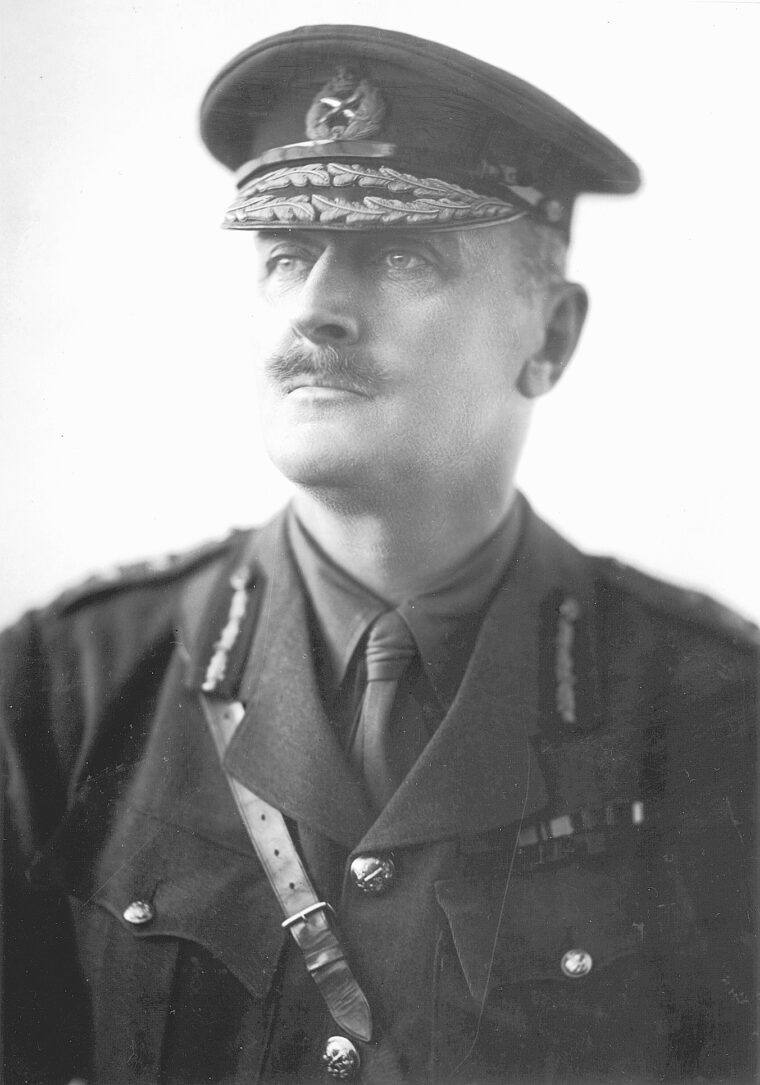
But Wait, There’s More!
To further enhance the realism of the haversack’s contents, a large number of pound bank notes, in a sum large enough to give the impression that they would not have been “lost” on purpose, was included, as were a number of personal letters, including one announcing the birth of a son to the staff officer. Written by Colonel Meinertzhagen’s sister Mary, this letter concluded: “Good-bye, my darling! Nurse says I must not tire myself by writing too much, so no more now but I will write again soon and then it will be a longer letter than this. Take care of your precious self! All my love and many kisses. Your loving wife, Mary. Baby sends a kiss to Daddy.”
Two unsuccessful attempts were made to “deliver” the falsified information to the Turks. Colonel Meinertzhagen himself took the haversack on the third try, and on October 10 he rode toward Beersheba with it. His diary notation best relates this episode:
Ruse Reinforced With Deceptive Radio Messages
“I was well mounted, and near Girheir when I found a Turkish patrol who at once gave me a chase. I galloped away for a mile or so and then they pulled up, so I stopped, dismounted, and had a shot at them at about 600 yards. That was too much for them, and they at once resumed the chase, blazing away harmlessly all the time. Now was my chance, and in my effort to mount I loosened my haversack, field glasses, water bottle, dropped my rifle—previously stained with some fresh blood from my horse—and, in fact, did everything to make them believe I was hit and that my flight was disorderly. They had now approached close enough, and I made off, dropping the haversack which contained the notebook and various maps, my lunch, etc. I saw one of them stop and pick up the haversack and rifle, so I now went like the wind for home and soon gave them the slip, well satisfied with what I had done and that my deception had been successful.”
The captured haversack made its way up through Turkish intelligence and command channels. At the same time the British sent dummy wireless messages indicating the objective of the upcoming offensive was not Beersheba, these messages being decipherable with the aid of the captured cipher code notes. The Desert Mounted Corps also sent a message to General Allenby reporting the incident and complaining about “the staff officer’s” stupidity and negligence.
Germans Convinced Attack Would Be Directly At Gaza
Simultaneously, and further reinforcing the authenticity of the “missing” haversack, a notice was sent out from the Desert Mounted Corps informing subordinate units of the “lost” haversack with a request for its return. A patrol was sent out to find and recover the haversack, during which the officer in charge threw away some sandwiches wrapped in a copy of the bogus operations order! The captured intelligence ultimately reached the German commander of the Turkish forces, General Kress von Kressenstein.
This simple ploy, coupled with all of the other British deceptions, convinced General von Kressenstein that the main British assault against Gaza would be conducted frontally from the south. Even though he probably realized the possibility that the documents may have been fake, General von Kressenstein felt obliged to act as if they were genuine. Indeed, it was difficult for him to conceive of an attack being made in any direction other than directly at Gaza.
When the Third Battle of Gaza began on October 31, the Turks were indeed deployed in anticipation of the main attack striking from the south. After a week’s hard fighting with heavy losses, the Turks abandoned the Gaza-Beersheba line that they had held with determination for the previous nine months. They were in full retreat to the north. Indeed, only five weeks after the capture of Gaza, General Allenby formally entered the captured city of Jerusalem. He had completed his mission of providing the British Prime Minister with his desired Christmas gift.
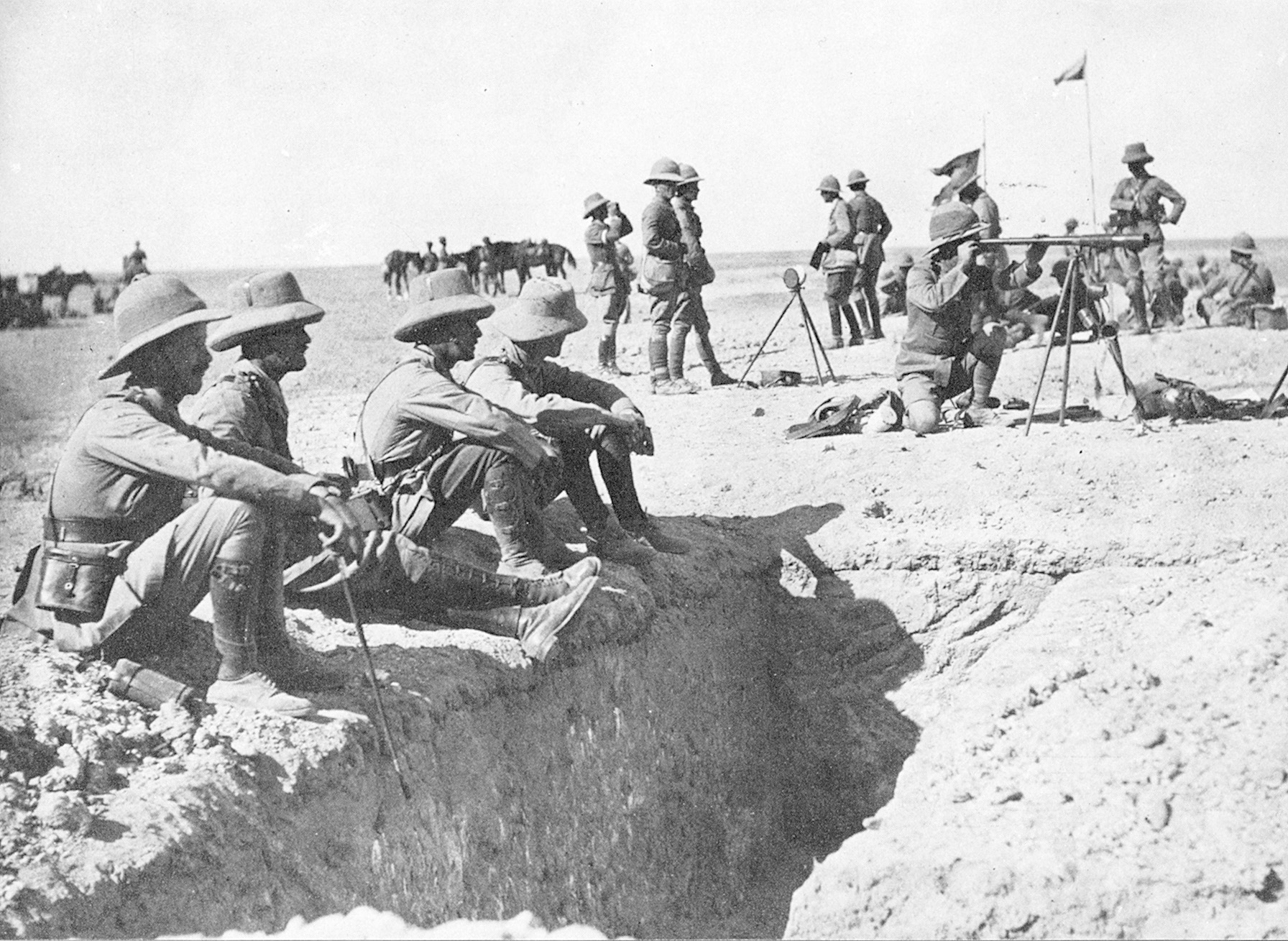
Lawrence of Arabia Gives Nod
The intricately planned, audaciously executed, yet relatively simple “Haversack Ruse” helped break the stalemate at Gaza and led to the capture of Jerusalem. From October 31 to December 11, the day of the British entry into Jerusalem, some 12,000 Turkish prisoners and 1,000 artillery pieces were captured. During the same period, Turkish casualties numbered about 25,000 as compared to 18,000 for the British.
In his massive semi-historical account of his role in the Arab Revolt, Seven Pillars of Wisdom, T.E. Lawrence “of Arabia” confirmed that Meinertzhagen was solely responsible for the conception and successful execution of the ruse. Lawrence added that Meinertzhagen “took as blithe a pleasure in deceiving his enemy (or friend) by some unscrupulous jest.”
Indeed, Meinertzhagen was a master of battlefield deception, with the “Haversack Ruse” only one of his many successful ploys. On one occasion, Meinertzhagen repeated a stratagem he had conducted successfully in East Africa earlier in the war. He identified the primary enemy spy operating in the Beersheba area, and sent him a letter of thanks for the valuable information he had purportedly “given” the British, along with a sizable monetary reward in Turkish currency for his superb services rendered. As anticipated, the Turks intercepted the letter, and believing their best spy to be a double agent, or at least an informant for the British, executed him.
Opium-Laced Tobacco Dropped From the Skies
In addition, during the preparations for the Third Battle of Gaza, Meinertzhagen learned from captured Turkish soldiers that there was an acute shortage of tobacco in their units. Meinertzhagen then arranged for the British airplanes that dropped propaganda leaflets over the enemy trenches every night to also drop packages of cigarettes as an enticement to surrender. This seeming act of benevolence was leading up to a coup de grâce in which, immediately before the Third Battle of Gaza, the cigarettes dropped on the tobacco-hungry Turks would contain Meinertzhagen’s own special blend of tobacco and opium.
Allenby deprecated this act as being too close to poisoning the enemy, but Meinertzhagen did it anyway, believing any action to save friendly lives was justified. After the battle, Meinertzhagen sampled one of his own opium-laden cigarettes, and observed that “they were indeed strong. The effect was sublime, complete abandonment, all energy gone, lovely dreams and complete inability to act or think.” Although the definite effect of this ploy cannot be ascertained, it has been recorded that after being captured on November 6, many of the Turks appeared lethargic, “befuddled,” and “barely coherent.” All of Meinertzhagen’s imaginative acts of deception and subterfuge contributed to the overall success of the Palestine campaign.
Why the Haversack Ruse Is Considered One Of the Greatest Wartime Deceptions
Throughout history, military commanders and forces have used various ploys and ruses to deceive and defeat an enemy force. The ingenious “haversack ruse” before the Third Battle of Gaza in 1917 is an outstanding example of a highly successful scheme that had a decisive impact on the outcome of the battle.
T.E. Lawrence was duly impressed and observed that “after the Meinertzhagen success, deceptions, which for the ordinary general were just witty hors d’oeuvres before battle, became for Allenby a main point of strategy.” With greater objectivity, the British Official History declared accurately that the ruse was to have “an extraordinary effect, an effect, indeed, hardly to be matched in the annals of modern war.” (Read more about these and other audacious events that shaped the First World War inside Military Heritage magazine.)
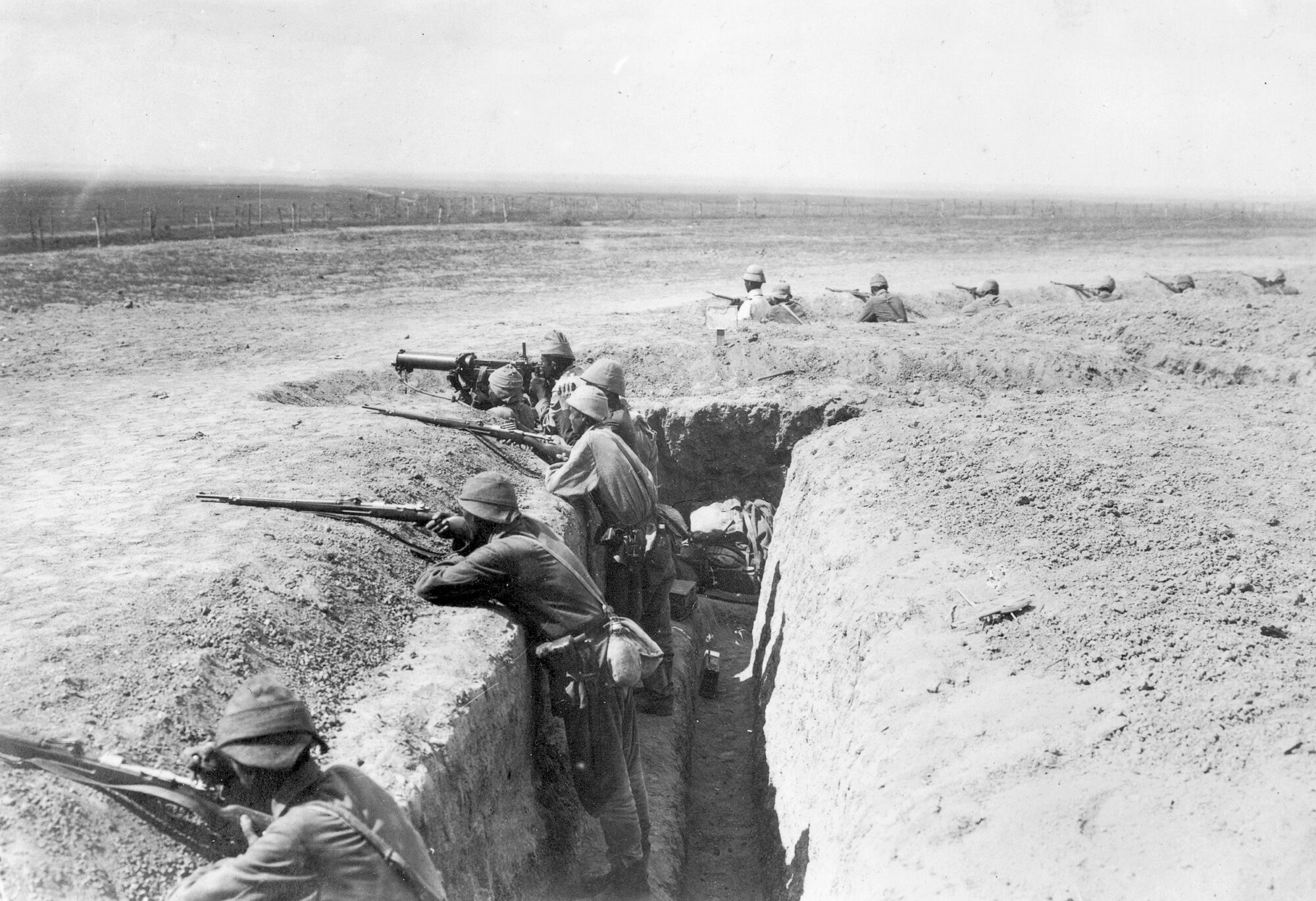

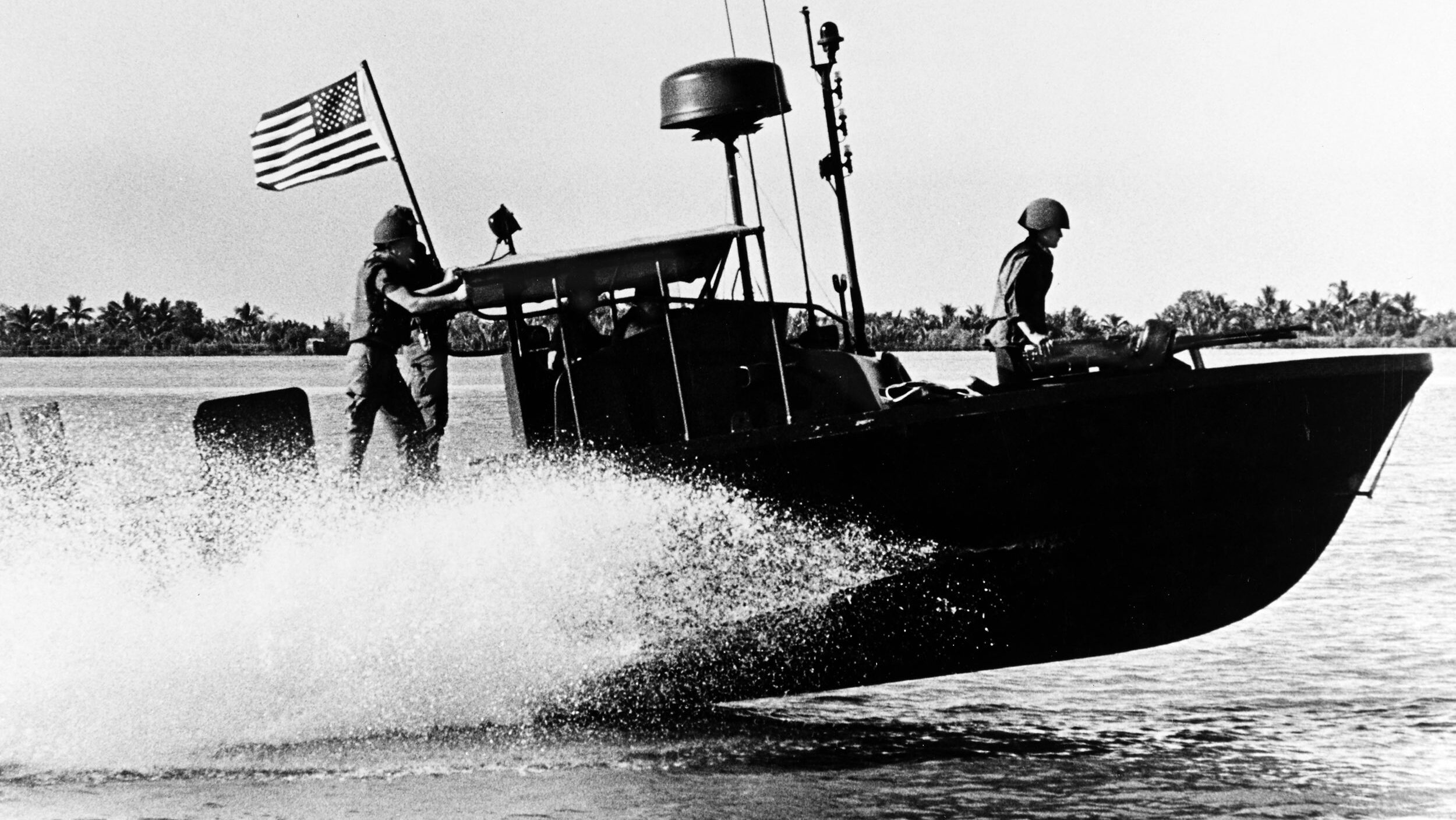
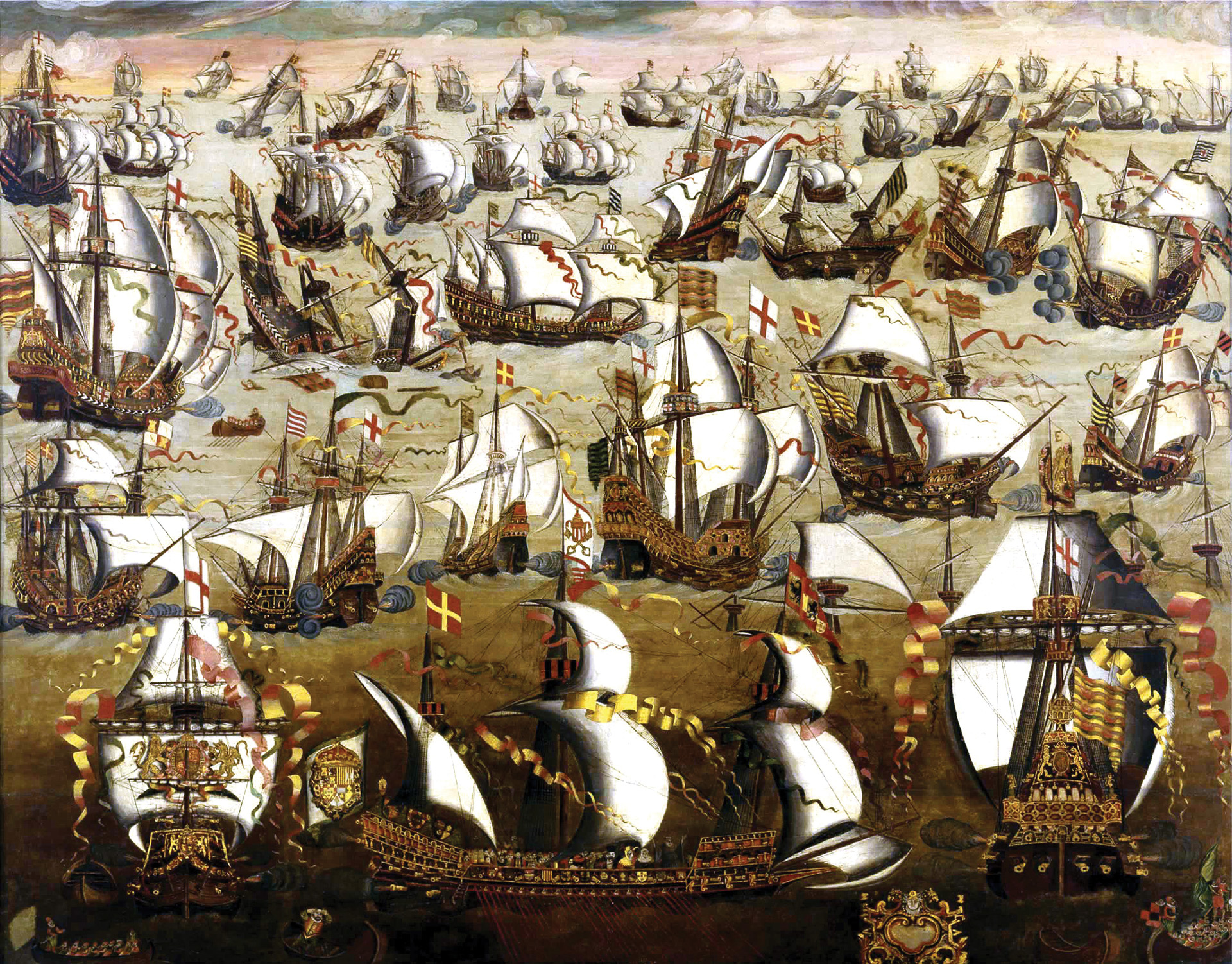
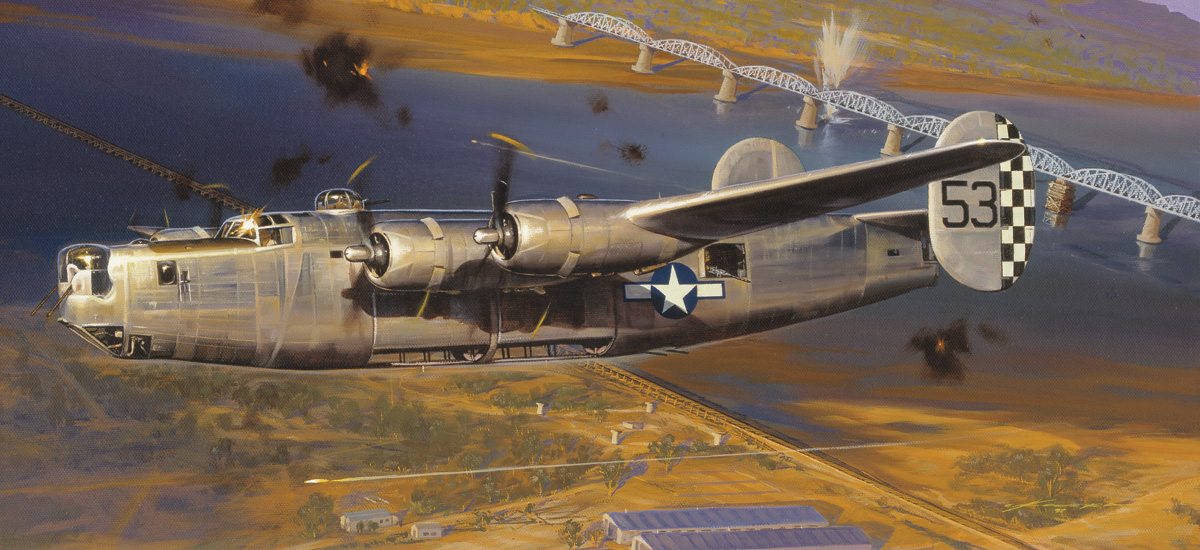
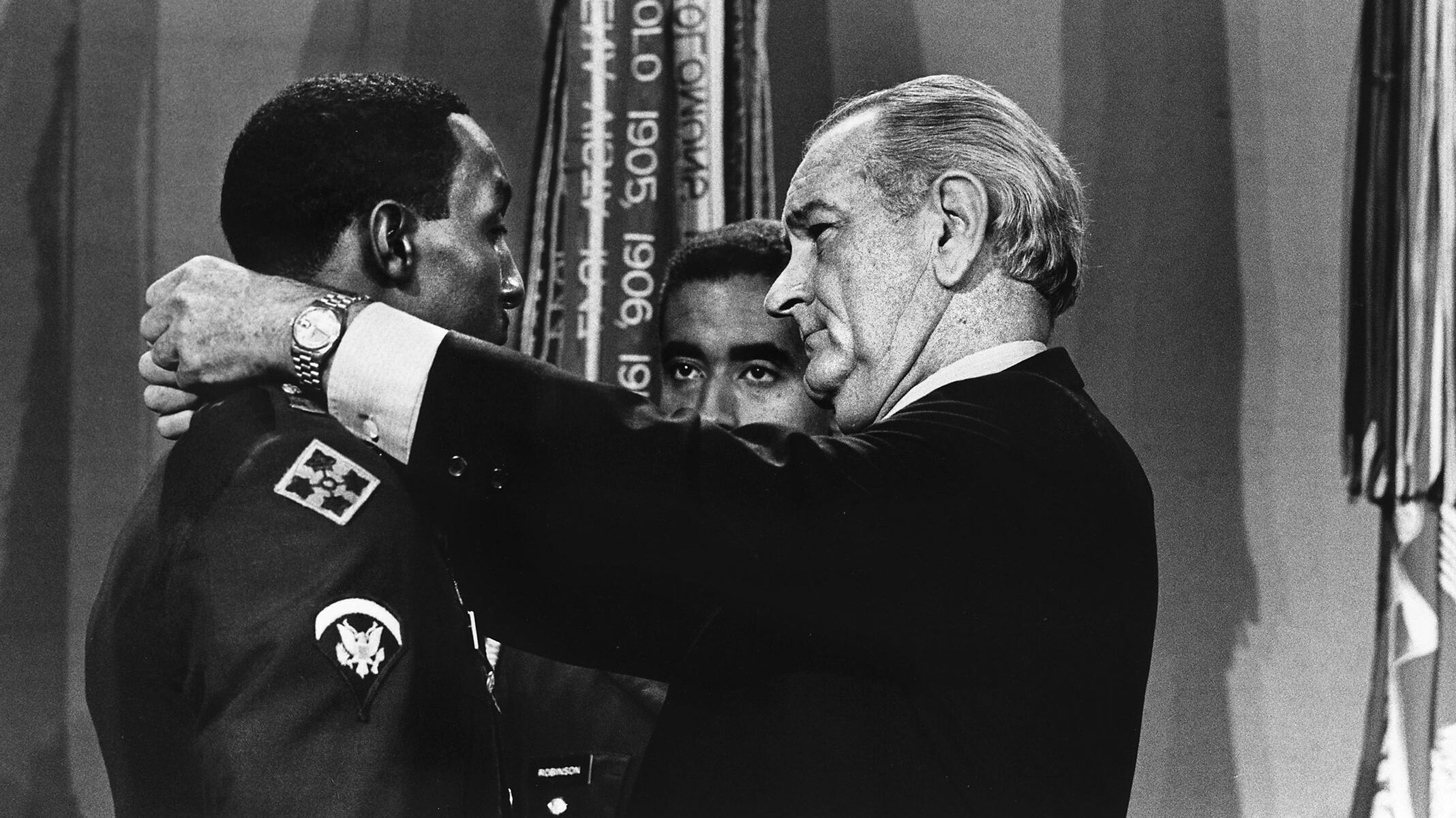
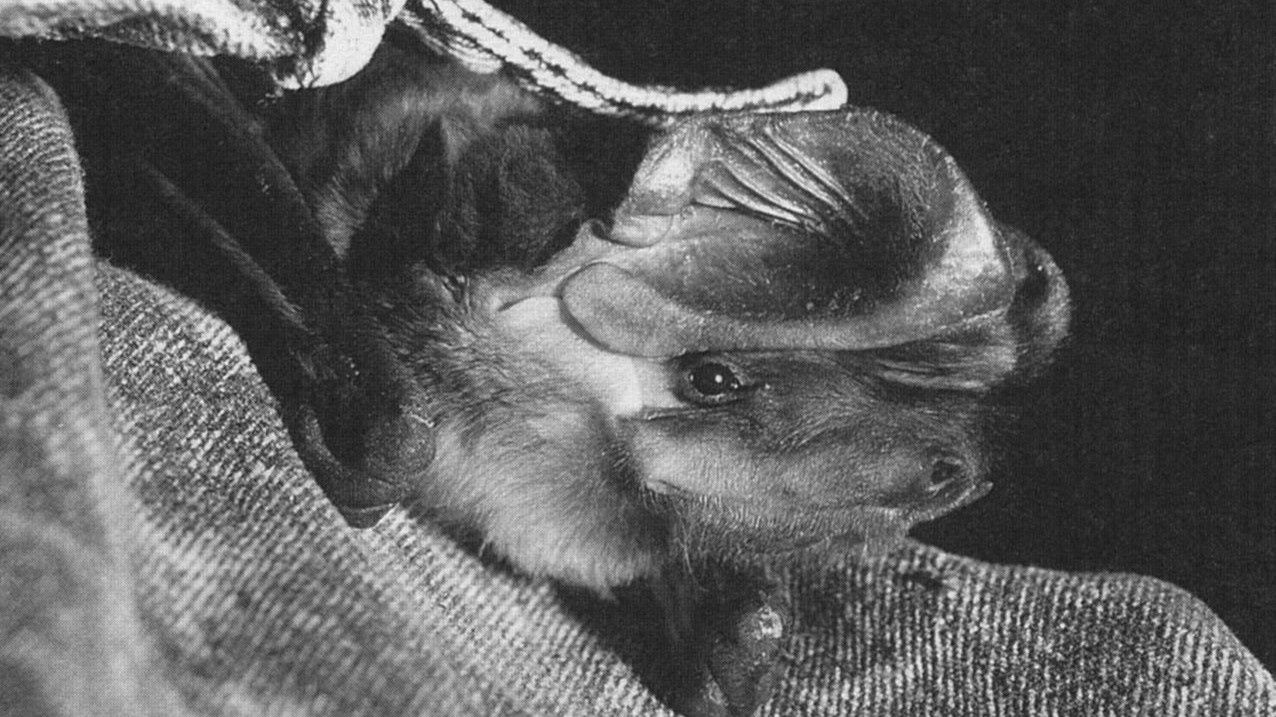
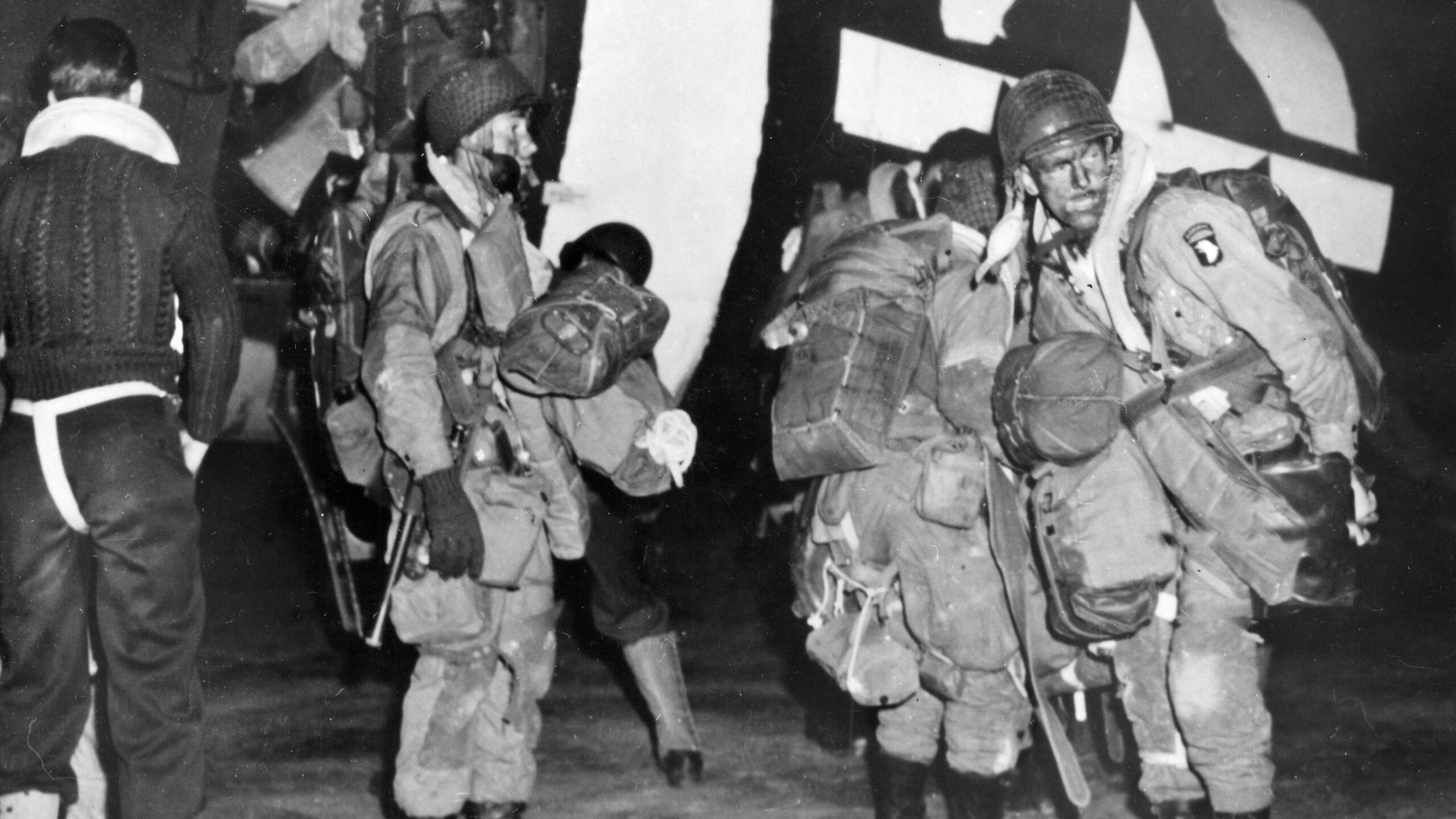
This sounds very similar to the dead body ruse before the Allied invasion of Sicily that was the subject of a Hollywood movie. Presumably the initiators of that ruse were aware of the Haversack Ruse.
Operation Mincemeat. It was the basis of the movie, “The Man who never was”
This also reminds me in the opposite way of the incident just before the battle of Antitiem/Sharpsburg in the American Civil War when some Union soldiers found a couple of cigars wrapped in papers. They had the presence of mind to read the papers and they turned out to be Robert E. Lee’s battle plan. The soldiers took the papers to headquarters and Lee’s handwriting was confirmed by people there who recognized Lee’s handwriting. Union Commander George McClellen had enough information to totally destroy Lee but McClellen being McClellen fought the battle to a tactical draw but a strategic though incomplete victory. Actually, pretty good for McClellen. This victory gave Lincoln the battlefield victory he wanted before announcing the Emancipation Proclamation which was one of the pillars of the eventual final Union victory over the Confederancy. I often wonder what would have happened if McClellen had decided that the battle plan was an elaborate ruse like the British accomplished at Gaza. The fate of great nations often hinges on things like lost cigars!!!!!!
This is a good telling of the story as it has been handed down from Meinertzhagen himself over the years. In “The Meinertzhagen Mystery” by Brian Garfield, the entire story is rather definitively debunked. Meinertzhagen seems to have been a liar and fraud, who took credit for this operation although not being involved in it at all, and the entire ruse proved relatively ineffective. Von Kressenstein himself wrote that he was sure the contents of the satchel were fake and did not order significant changes to the German troop disposition. You can read a short summary of the updated debunked story on Wikipedia under Meinertzhagen’s page.
Lawrence of Arabia describes it himself, and was present at the tiem. So Garfield, although likely correct in many other matters was wrong here.
Military Intelligence deceiving people to achieve some end of their own desire. Facilitating drug shipments to sap the will of those who might resist. I’m sure glad that our own Intelligence agencies would never do anything like that to their own population. Think of the havoc and control that they might exercise over us, all the while being able to hush it up under the rubric of “national security”!
Joe: I assume you are being tongue in cheek as it is well known that our own agencies have deceived the public regularly and have rarely, if ever, been held to account. Essentially started with Roosevelt who had some justification as our military position was quite stressed until 1943. When politicians discovered they could adapt wartime measures of deception and cover to peacetime projects, there was no putting the genie back in the bottle.